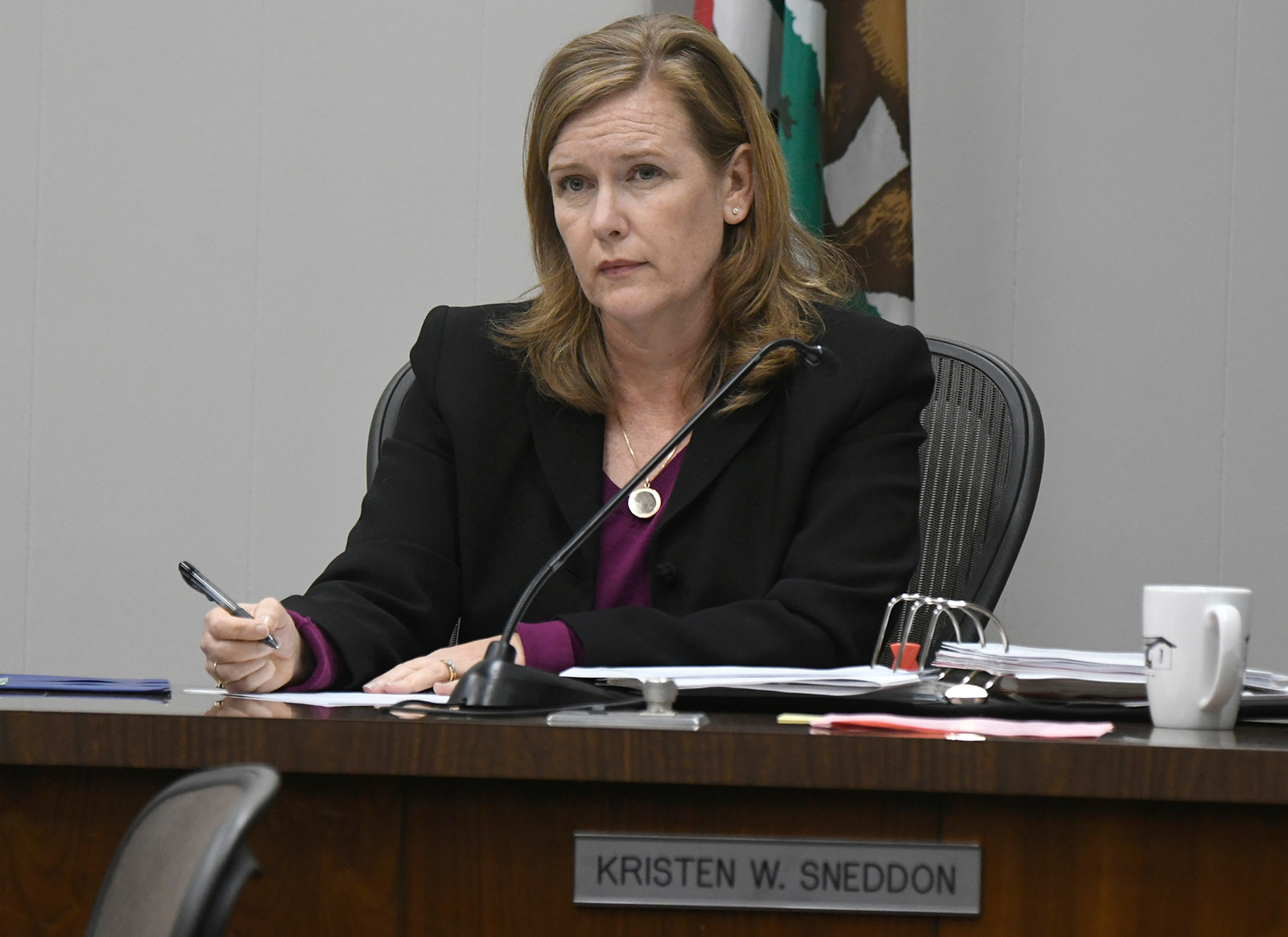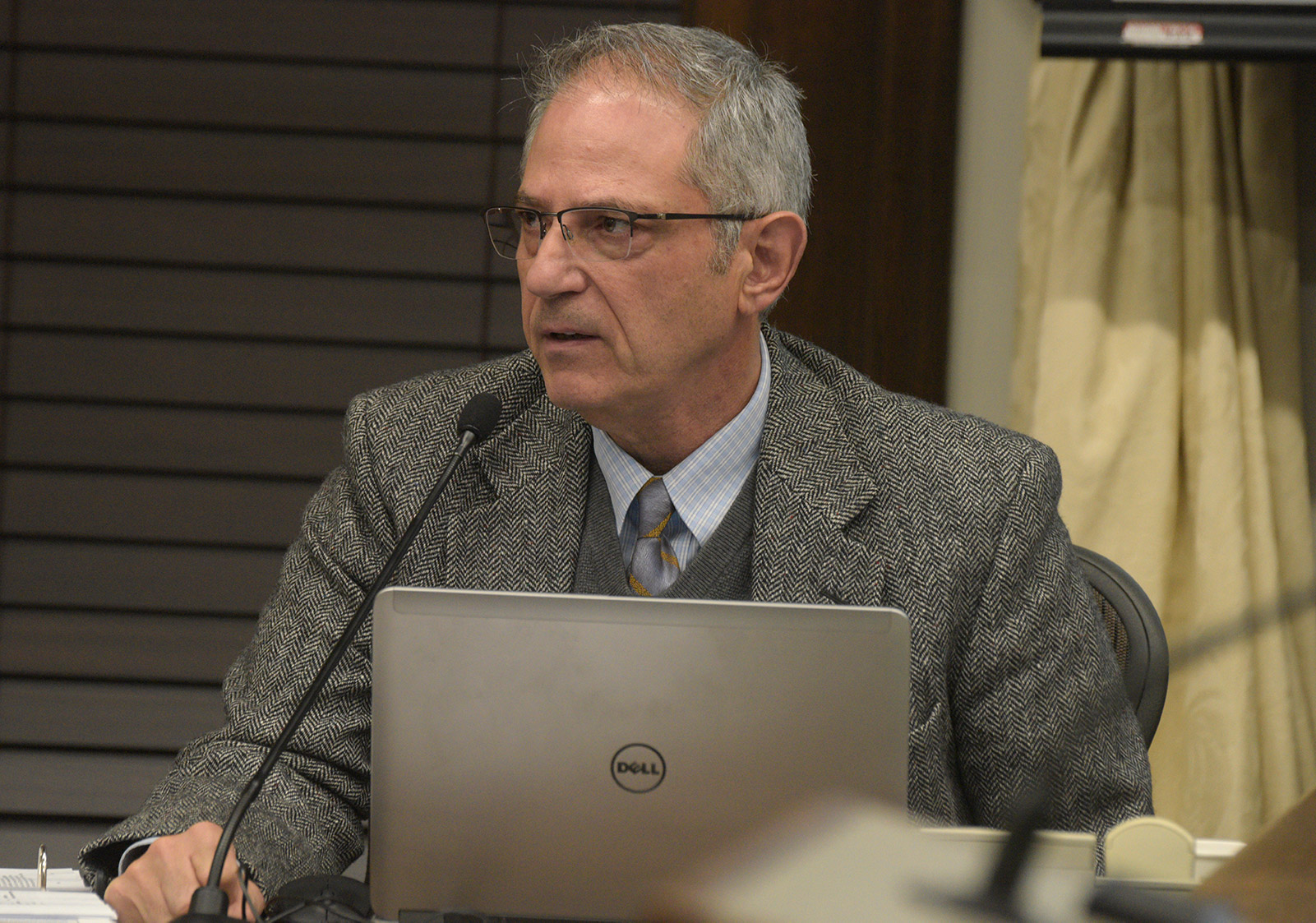Santa Barbara Real Estate’s New Gold Rush
Head Scratching Over Granny Flats Begins to Draw Blood

ADU applications.
For four decades, Santa Barbara’s 11th Commandment has decreed that city zoning would never allow for more than 85,000 residents. But late last summer, Governor Jerry Brown and the State Legislature blew that 85,000 population limit out of the water, and today, the sleepy, slow-growth beach town is poised to accommodate a growth boom of up to 11,000 more units. These are known in planning parlance as ADUs, short for Accessory Dwelling Units, otherwise known as granny flats. For the past two weeks, the City Council’s Ordinance Committee has struggled to wrap its arms around this new reality, its normally sparsely attended meetings now populated with an outpouring of architects, land-use agents, and others with a serious interest in the outcome, all festooned with badges bearing the words “Keep It Simple.”
The legislation allows local governments to enact their own granny-flat ordinances but severely limits what limitations cities and counties can impose. By state law, ADUs are entitled to over-the-counter permits with no discretionary review so long as they meet certain guidelines. On the table Tuesday was a proposal to require that any new granny flats be owner-occupied. This, according to Mayor Cathy Murillo, would be to prevent a gold rush of land speculators who otherwise might buy up multiple properties, convert them to duplexes, and rent them out, thus destroying the feel and character of single-family residential neighborhoods.

The only way to enforce such a requirement, argued City Attorney Ariel Calonne, was by requiring legal covenants that would be written into property deeds. The real estate lobby objected — as did a few property owners now seeking to build ADUs — that banks would refuse to make the necessary loans if such deed restrictions existed. Calonne disputed this, insisting it made no sense. Calonne argued such protective covenants were essential if the council was serious about owner-occupant protections. “If you turn this ordinance loose, I will not be able to enforce it citywide without covenants.” Ultimately, the three members of the Ordinance Committee agreed but also voted to limit such covenants to single-family neighborhoods. Neighborhoods zoned for multi-family housing and duplexes would not be affected.
Murillo and Councilmember Randy Rowse voted to limit how many years such covenants would run. When Murillo suggested three to five years, Councilmember Kristen Sneddon objected the number was way too low to protect neighborhood integrity, saying the thought of it “is causing me a little bit of panic.”
Also at issue was whether to allow ADUs in the city’s high-fire-risk zones. State law allows local governments to restrict ADUs based on public-safety considerations. City Fire Marshal Joe Poiré said the Fire Department was not equipped to offer discretionary oversight. He needed a checklist of cut-and-dried criteria, he said. “You can argue almost anything for almost any street,” he warned. That checklist does not currently exist. Sneddon argued the council should not allow ADUs in high-fire-risk neighborhoods until such a list exists; she was outvoted, however, by Rowse and Murillo. Since the state law went into effect last year, City Hall has received 305 applications for ADUs. Of those, 103 are in high-fire-risk zones.

In order to accommodate ADUs, the committee voted to allow such units to encroach into yard open-space requirements by 20 percent or 150 square feet, whichever is greater. ADU advocates argue that’s not enough to make such units feasible. By a split vote — with Murillo voting no — the committee adopted this. The committee was unanimous, however, to embrace yet a new set of initials — JADUs — for which over-the-counter permits must be given. That’s short for a Junior ADU, which allows property owners to convert a room in a house into a stand-alone rental unit.
Even with the Ordinance Committee votes, the argument is far from over; deliberations will kick in again when the issue reaches the City Council proper.


